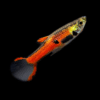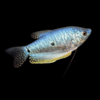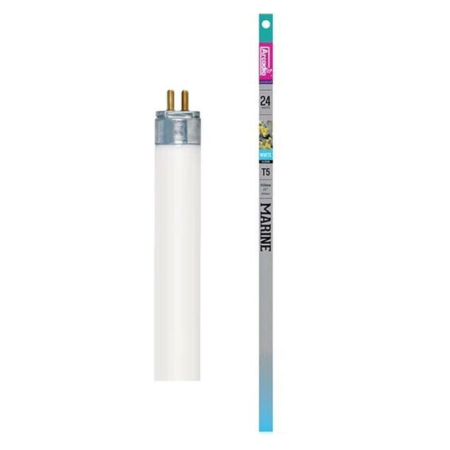Subtotal: £42.58
10 X Red Dwarf Guppy Females – Poecilia Reticulata X Wingei – Livebearer
£42.58
The 10 X Red Dwarf Guppy Females – Poecilia Reticulata X Wingei – Livebearer is a vibrant and beautiful fish that adds color and life to any aquarium. With its unique attributes and features, this fish is a great addition for both beginner and experienced fishkeepers. Buy now and enjoy the beauty of these Red Dwarf Guppy Females in your own aquarium.
1001 in stock
The 10 X Red Dwarf Guppy Females – Poecilia Reticulata X Wingei – Livebearer is a vibrant and beautiful fish that will bring color and life to any aquarium. With its unique attributes and features, this fish is a great addition for both beginner and experienced fishkeepers.
Scientific and Common Names:
The scientific name for this fish is Poecilia Reticulata X Wingei, but it is commonly known as the Red Dwarf Guppy.
Habitat:
Red Dwarf Guppies are native to South America, specifically Venezuela and Trinidad. They are typically found in freshwater streams, rivers, and ponds with dense vegetation.
Tank Setup:
To provide a suitable habitat for the Red Dwarf Guppy Females, it is recommended to have a tank size of at least 10 gallons. The tank should be well-planted with live or artificial plants to mimic their natural environment. It is also important to provide hiding spots and open swimming areas. A heater is necessary to maintain a temperature between 72-82°F (22-28°C), and a filtration system is essential to keep the water clean and well-oxygenated.
Diet and Nutrition:
Red Dwarf Guppy Females are omnivorous and will eat a variety of foods. They should be fed a balanced diet consisting of high-quality flake or pellet food, supplemented with live or frozen foods such as brine shrimp, daphnia, or bloodworms. It is important to feed them small portions multiple times a day to prevent overfeeding and maintain their health.
Size and Growth Rate:
Red Dwarf Guppy Females are relatively small fish, reaching an average size of 1.5-2 inches (3.8-5 cm) in length. They have a slow growth rate compared to other fish species.
Behavioral Traits:
These guppies are peaceful and social fish that can be kept in community tanks with other peaceful species. They are active swimmers and enjoy exploring their surroundings. Red Dwarf Guppy Females are known for their vibrant colors and beautiful fins, which add visual interest to any aquarium.
Care Level:
The care level for Red Dwarf Guppy Females is considered to be easy, making them suitable for both beginner and experienced fishkeepers. They are hardy and adaptable, but proper water conditions and regular maintenance are still necessary for their well-being.
Breeding and Reproduction:
Red Dwarf Guppy Females are livebearers, meaning they give birth to live young instead of laying eggs. They are known for their prolific breeding habits, and a single female can produce multiple batches of fry. To encourage breeding, it is recommended to have a ratio of one male to two or three females in the tank. The fry are relatively easy to care for and can be fed crushed flake food or specialized fry food.
Health and Disease Prevention:
To keep Red Dwarf Guppy Females healthy, it is important to maintain good water quality and provide a balanced diet. Regular water changes, proper filtration, and monitoring of water parameters are essential. It is also recommended to quarantine new fish before introducing them to the main tank to prevent the spread of diseases.
Optimal Water Conditions:
Red Dwarf Guppy Females thrive in slightly alkaline to neutral water conditions. The ideal pH range is between 6.8-7.8, and the water hardness should be around 8-12 dGH. They prefer a temperature range of 72-82°F (22-28°C).
Lifespan:
With proper care, Red Dwarf Guppy Females can live for approximately 2-3 years. However, some individuals may live longer under optimal conditions.
Additional Interesting Facts:
– Red Dwarf Guppy Females are known for their ability to adapt to a wide range of water conditions, making them a popular choice for beginner fishkeepers.
– They are highly sought after for their vibrant colors, which can range from red, orange, yellow, and even metallic shades.
– The Red Dwarf Guppy Females are active swimmers and enjoy exploring their environment, making them a visually appealing addition to any aquarium.
– These guppies are known for their peaceful nature and can coexist with a variety of other peaceful fish species.
– The Red Dwarf Guppy Females are excellent choices for breeding projects due to their prolific breeding habits and the wide range of color variations that can be achieved through selective breeding.















Reviews
There are no reviews yet.